Japan tourist spots and hidden gems – it’s a tricky balance to get right.
The country presents diverse destinations spanning renowned landmarks such as Mount Fuji and Kyoto alongside lesser-known treasures including Shirakawa-go and the Tottori Sand Dunes. Venture into these distinctive locations and additional off-the-beaten-track sites to experience Japan’s genuine character away from conventional tourist circuits.
It is possible to explore The Real Japan, not just the famous attractions, and return home with unforgettable memories, having had genuinely unique experiences.
Key Takeaways
Core Problem & Solution:
- Many travelers see everything on their list but feel they “missed The Real Japan” – the solution is balancing iconic highlights with authentic local experiences rather than rushing through too many famous attractions
Strategic Approach – Quality Over Quantity:
- Choose fewer base cities, explore deeper – Select just 2-3 base locations for 7-10 days instead of rushing between multiple destinations; spend 3-4 days in places like Tokyo or Kagoshima to discover neighborhoods like Yanaka Ginza or the samurai district of Chiran
- Pair major attractions with lesser-known neighbors – After visiting famous spots like Fushimi Inari or Senso-ji Temple, explore nearby authentic areas like local shopping streets or traditional districts where residents actually live and worship
Timing & Experience Strategies:
- Time visits for local exploration, not tourist hours – Visit Meiji Shrine at 8am when locals pray before work, or experience Nishiki Market twice – once as a tourist and again at 5:30pm when locals shop for dinner ingredients
- Build trips around seasonal and local events – Research festivals, seasonal traditions, and cultural celebrations during your travel dates, like New Year’s Eve shrine visits or regional festivals where you’ll be among few foreign visitors
Personal Connection Methods:
- Follow your curiosity instead of crowds – Pursue specific interests (coffee culture, pottery, architecture) rather than “must-see” lists, using social media location tags and Japanese hashtags to find where locals with similar interests gather
- Swap tourist sights for private experiences – Replace passive sightseeing with interactive cultural experiences like knife-making workshops, traditional cooking classes, or guided architecture tours with private access
- Give yourself one completely unplanned day – Block out at least a half-day with no agenda except a starting neighborhood; let serendipity guide discoveries in places like Tokyo’s Shimokitazawa or Osaka’s Shinsekai district
- Key Takeaways
- Balancing Japan tourist spots and hidden gems
- 1. Choose fewer base cities, explore deeper
- 2. Pair each major attraction with a lesser-known neighbour
- 3. Time your visits for local exploration, not just sightseeing hours
- 4. Build your trip around seasonal and local events
- 5. Follow your personal curiosity instead of the crowd
- 6. Swap a tourist sight for a private experience
- 7. Give yourself one completely unplanned day
- Travel smarter, connect deeper
- Leave A Comment / Ask A Question
- I'm Rob, and I've been where you are
- Benefits You Can Choose
- What Clients Say
- How It Works
- Ways I Can Help You With Concierge
- Ready to Get Started?
- About the Author
- RESOURCES
Japan Tourist Spots and Hidden Gems – How To Get The Balance Right
by Rob Dyer
Balancing Japan tourist spots and hidden gems
I regularly see comments from travellers returning from Japan with essentially the same sentiment: “We saw everything on our list, but somehow it feels like we missed The Real Japan.“
This is the quintessential traveller’s dilemma. The glossy guidebook experiences of Kyoto temples, Tokyo skyscrapers, and Mt. Fuji views are undeniably spectacular – but they’re also just one dimension of this fascinatingly layered country.
What if your next trip could capture both worlds? What if balancing popular and local experiences in Japan wasn’t just a dream but an achievable reality?
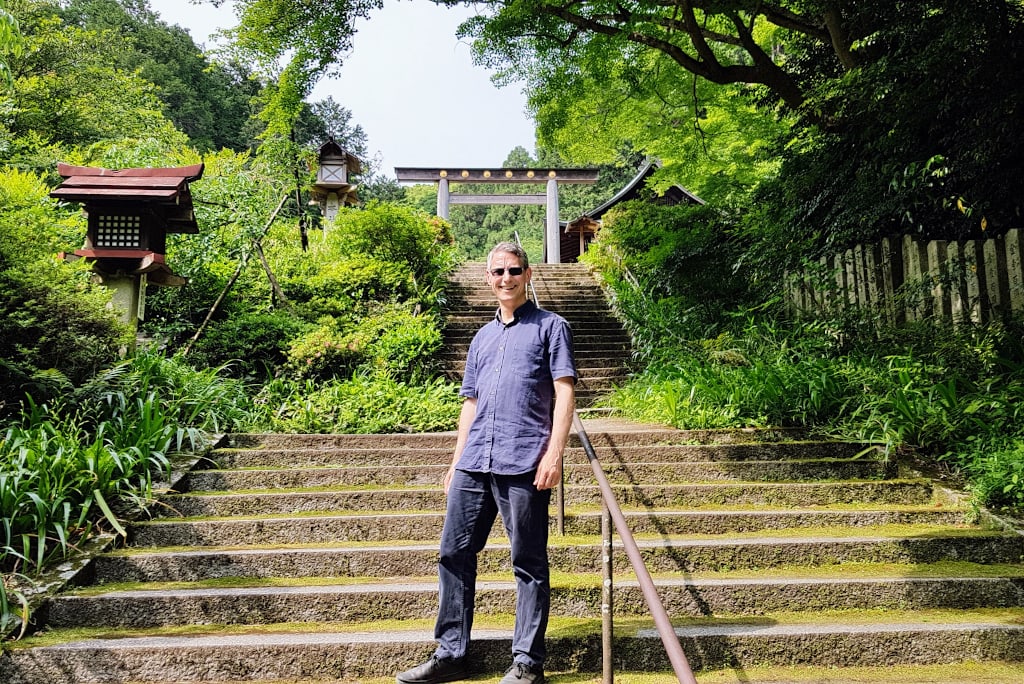
After 25+ years exploring every corner of this country, I’ve developed strategies for travellers who want the iconic highlights and those magical moments of connection that transform a good trip into an unforgettable one. Here’s how to make it happen.
1. Choose fewer base cities, explore deeper
The classic first-timer mistake is trying to cover too much ground in too short a time. Tokyo, Kyoto, Osaka, Hiroshima, and Hakone in 10 days. The result? You’ll spend too much time travelling between places than truly experiencing them.
Strategy: Select just 2-3 base locations for a 7-10 day trip, then explore outward in concentric circles.
Examples:
- Rather than rushing through Tokyo in 48 hours, give it 3-4 days. Beyond Shibuya and Shinjuku, explore neighborhoods like book-loving Jimbocho or the retro shopping streets of Yanaka Ginza where elderly shopkeepers still sell traditional sweets and crafts.
- Instead of one night in Kanazawa, spend 2-3. Use one day for the famous Kenrokuen Garden and the castle, but then venture to the nearby villages of Shirakawa-go and Ainokura where you can stroll around their distinctive gasshō-zukuri – A-framed thatched roof farmhouses.
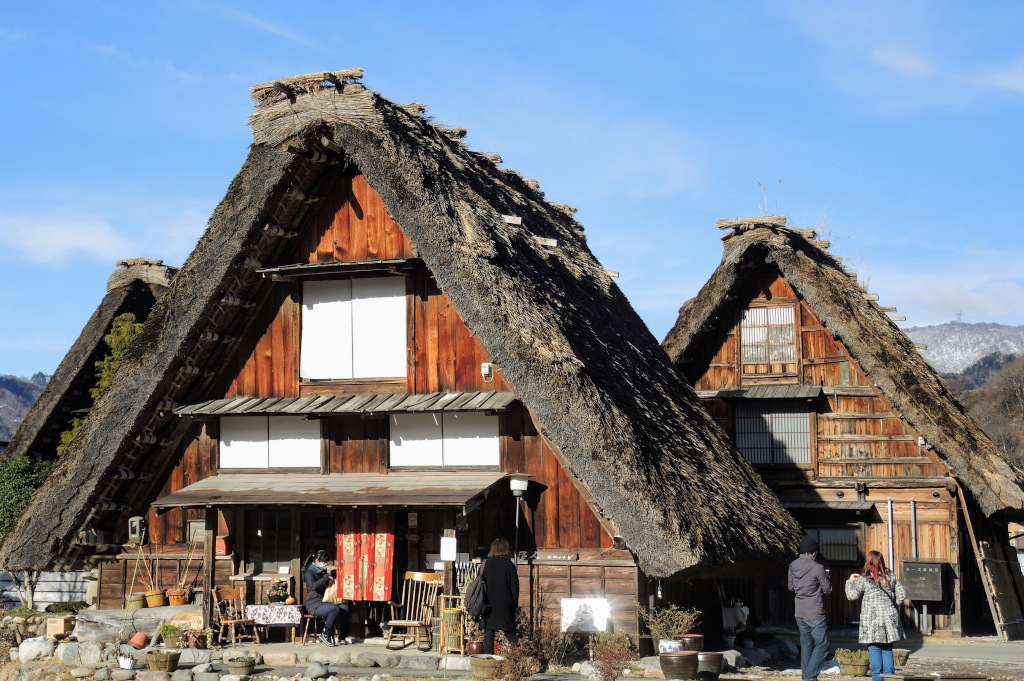
- Consider basing yourself in Kagoshima in southern Kyushu for 3-4 days. While tourists flock to Fukuoka in northern Kyushu, Kagoshima offers dramatic views of the active Sakurajima volcano, and the samurai district of Chiran with pristinely preserved gardens that rival Kyoto’s but without the crowds.
Tip: When choosing accommodation, pick smaller hotels or guesthouses slightly outside the main tourist areas. The staff will often share local recommendations you’d never find otherwise.
2. Pair each major attraction with a lesser-known neighbour
For every iconic spot on your itinerary, research what locals enjoy nearby that tourists typically miss.
Strategy: After visiting a major attraction, deliberately seek out something within walking distance that appears on a Japan blogger’s website but rarely appears in English guidebooks.
Examples:
- Visiting Fushimi Inari Shrine in Kyoto? After walking the famous torii gates, continue past where most tourists turn back to reach the peaceful neighbourhood temple of Tōkō-ji and the local shopping street where residents actually worship and shop.
- In Tokyo, pair your Senso-ji Temple visit with a stroll through nearby Kappabashi, the fascinating “kitchen town” where restaurant owners source everything from hand-forged knives to the remarkably realistic plastic food displays you see in restaurant windows.
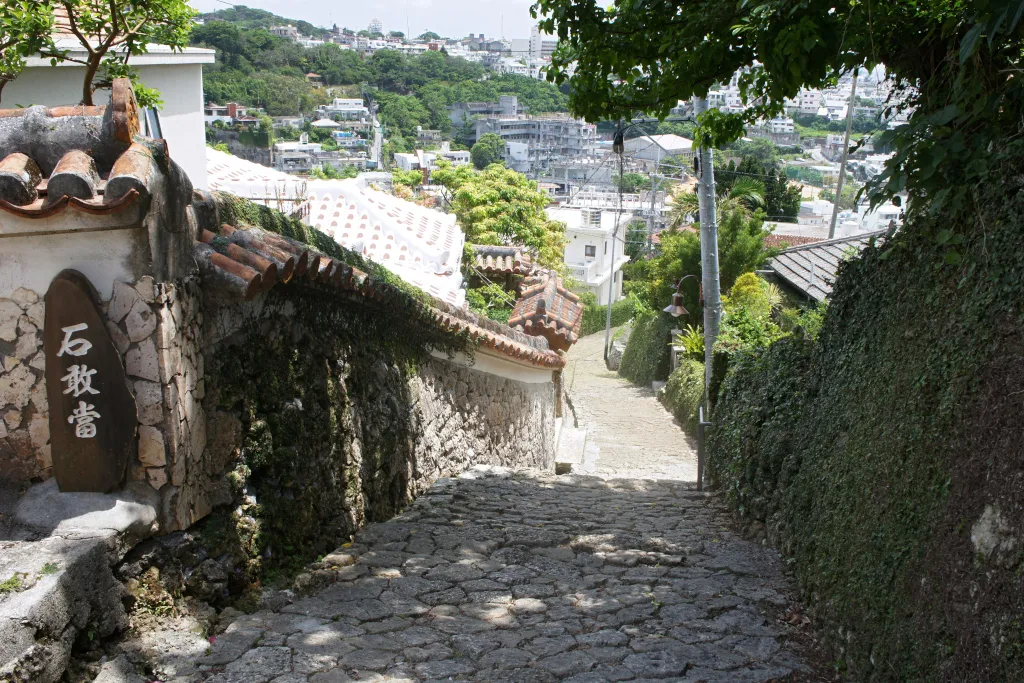
- In Okinawa, after visiting the reconstructed Shuri Castle, wander into the adjacent traditional Shuri neighbourhood with its narrow limestone-paved paths and traditional red-tile roofed houses where families have lived for generations. Stop at a local market for fresh tropical fruits and chat with vendors about island cuisine.
- Near the famous Kenrokuen Garden in Kanazawa, slip into the Nishi Chaya district – a smaller and virtually tourist-free geisha district compared to the more famous Higashi Chaya area. The wooden teahouses and lantern-lit alleys feel like stepping back into the Edo period.
Tip: Use Google Maps in satellite view to look for green spaces, smaller shrines, or interesting-looking neighborhood districts near major attractions. These “gaps” between tourist sites often hold the most authentic discoveries.
3. Time your visits for local exploration, not just sightseeing hours
Many travellers visit major attractions at peak hours, creating an experience that feels more like a theme park than authentic culture.
Strategy: Adjust your schedule to align with how locals use the same spaces at different times.
Examples:
- Visit Meiji Shrine at 8am when Tokyo residents come to pray before work, rather than midday when tour buses arrive. You’ll witness morning rituals and possibly a traditional Shinto wedding that the daytime crowds miss.
- Experience Nishiki Market in Kyoto twice: once during day as a visitor, but return around 5:30pm when locals stop by on their way home to shop for dinner ingredients and the atmosphere transforms completely.
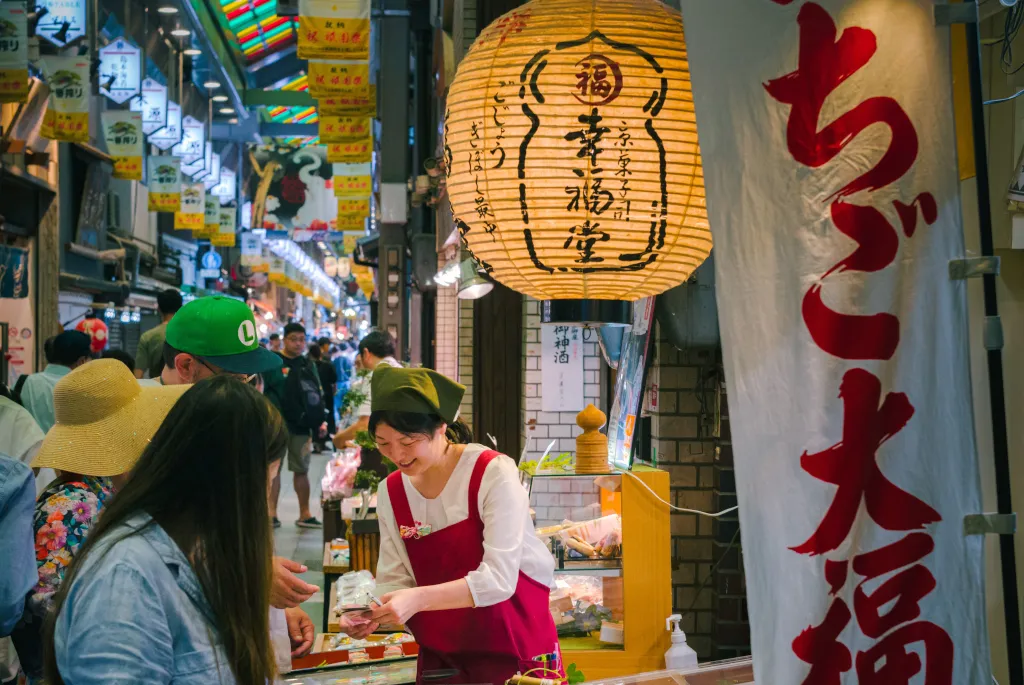
Tip: Ask your hotel staff when they would visit a famous spot if showing a family member around – their answer will often differ dramatically from a guidebook recommendation.
4. Build your trip around seasonal and local events
Japan’s calendar is filled with festivals, seasonal traditions, and local celebrations that reveal cultural depths tourists rarely encounter.
Strategy: Research what’s happening during your travel dates, then adjust your itinerary to include events where you’ll be one of few foreign visitors. (Don’t sweat not being able to speak Japanese.)
Personal Story: My wife and I are often in Japan in the wintertime, and on New Year’s Eve we do what many locals do and visit our local Shinto Shrine. And it gets busy. Usually I dislike crowds, but for a cultural experience like this, standing shoulder-to-shoulder with local families and excited children, I get so drawn into the collective moment that I kinda forget my phobia of crowds. This connection, born from attending a local festival at a shrine instead of just simply looking at it – out of context – and ticking off another from a list in a guidebook, has contributed to my enriched understanding of Japan.
Examples:
- Schedule your trip to coincide with smaller regional festivals rather than only the famous ones. The Aoi Matsuri in Kyoto is magnificent, but so is the charming Kawagoe Hikawa Shrine Festival in Saitama where you can join locals pushing traditional floats through narrow streets.
- Seek out seasonal food markets and cooking classes. In autumn, visit a local mushroom festival in rural Gunma where villagers share foraging knowledge passed down generations.
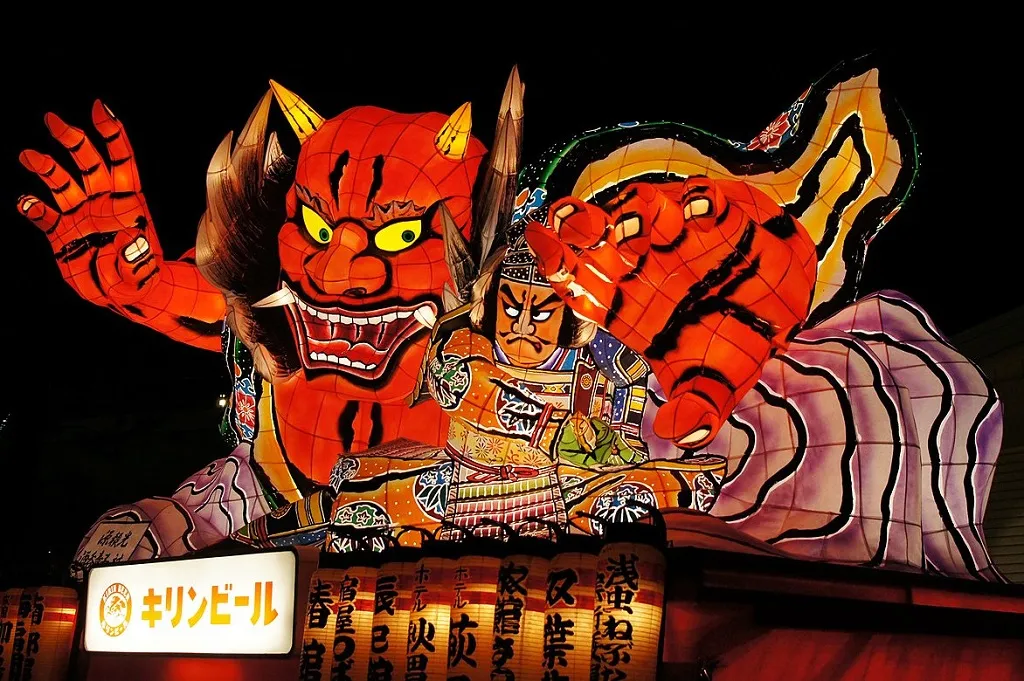
- Plan around the Yosakoi Festival in Kochi on Shikoku Island (late August), where modern dance meets traditional elements in an energetic celebration rarely experienced by Western tourists. Local teams will often invite visitors to join practices or even participate.
- In Tohoku, visit during the Nebuta Matsuri in Aomori (early August) where enormous illuminated floats parade through the streets, or the magical winter Kamakura Snow Festival in Yokote in neighbouring Akita Prefecture where children build snow huts and serve amazake (sweet rice drink) to visitors.
Tip: Local tourist information centers often have English pamphlets about upcoming events that haven’t made it to international guidebooks. Visit them on your first day in each new area – I always do this when arriving at at new destination.
5. Follow your personal curiosity instead of the crowd
The most meaningful connections happen when you pursue your specific interests rather than what’s deemed “must-see.”
Strategy: Before your trip, identify one or more personal interests, then research how they manifest in Japanese culture. Or shortlist a couple of your top passions about Japan and make those your focus.
Examples:
- If you’re a coffee enthusiast, skip one historical site visit to spend an afternoon at a third-wave coffee shop in Hiroshima, where baristas are often happy to discuss Japanese coffee culture with interested foreigners.
- Love pottery? Instead of another famous garden, arrange a visit to a working pottery studio in Mashiko in Tochigi, north of Tokyo, where you can try your hand at the wheel alongside local artisans.

Tip: Use social media location tags and Japanese hashtags (through translation tools) to find places where locals who share your interests gather, rather than relying solely on English-language recommendations.
6. Swap a tourist sight for a private experience
Sometimes the most memorable parts of travel come from doing rather than seeing.
Strategy: For each destination, replace at least one passive sightseeing activity with an interactive cultural experience.
Personal Story: My wife and I are both architecture fans. Despite Japan’s wealth of incredible architecture (both by world-famous and little-known architects), there are very few good architecture tours in the country. So, ahead of a recent trip I did the research and we specifically built in guided private tours of 3 unique properties; the Umeda Sky Building in Osaka, the Kyoto International Conference Centre, and Marufukuro the original Nintendo HQ – also in Kyoto and now a boutique hotel.
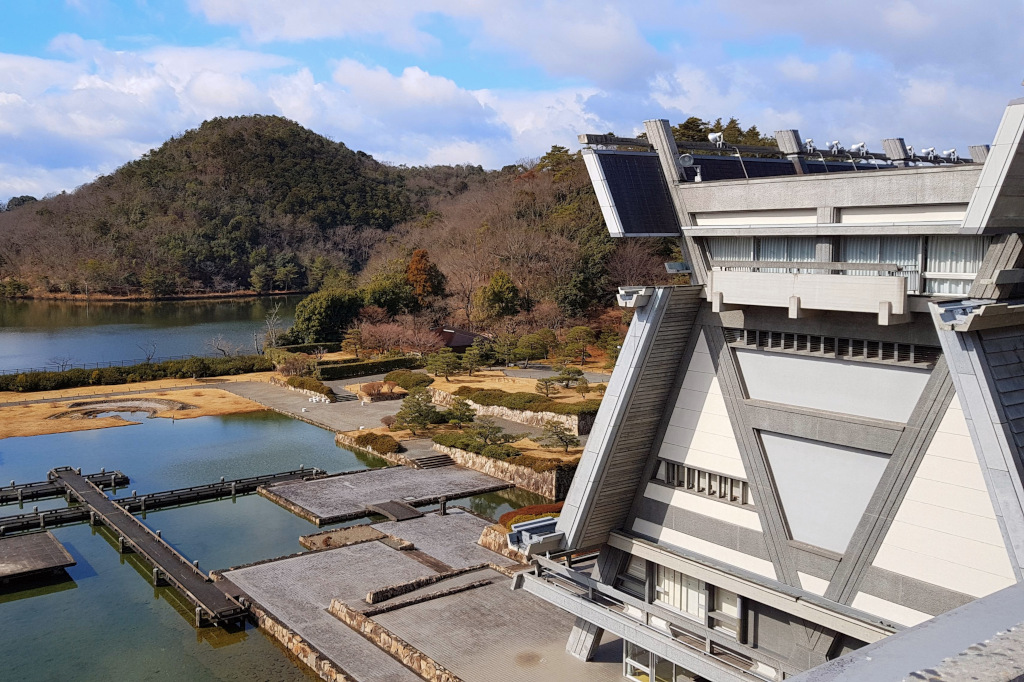
Each of these gave us access to private areas not usually open to the public, and because these experiences were very personal, intimate even, they’re some of the most indelible memories we both have from that trip. (I’ve a guide about these and more architecture tours coming soon – so subscribe to get notified when I publish those.)
Examples:
- Instead of photographing geisha in Kyoto, visit the Wada Shouten workshop, and learn the craft of creating for yourself a knife so beloved by Japan’s culinary masters, and take it home with you at the end.
- In Okinawa, skip one beach day to learn Kintsugi – a traditional Japanese technique for restoring broken pottery using gold and silver in a hands-on workshop.
- Rather than simply visiting Tsukiji Outer Market in Tokyo, get a guided shopping tour and join a cooking class with an Edo cuisine expert and make traditional Tokyo dishes with time-honored cooking techniques and fresh ingredients.
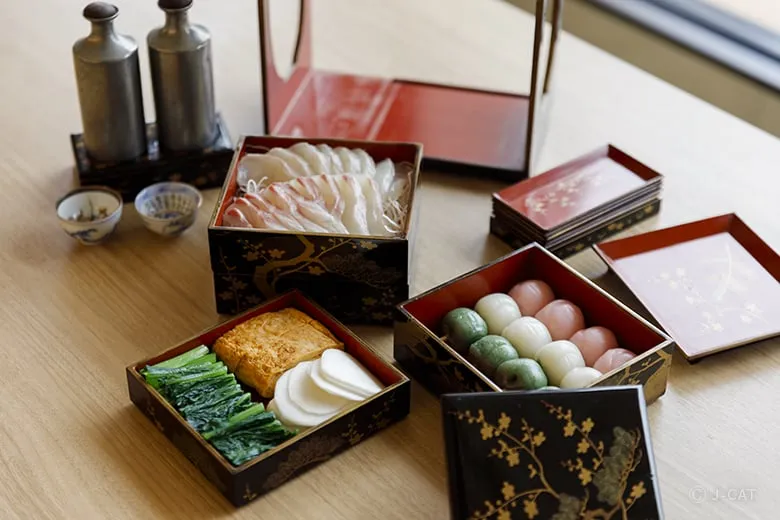
- Trade your visit to yet another historical sight in Hiroshima for a lesson in Kyudo – Japanese archery at Hiroshima Castle Sharaku.
- In Shikoku, design and dye your own indigo scarf masterpiece in the old townscape of Udatsu in Wakimachi, an area that has been the heart of Tokushima’s indigo production since the Edo period.
Tip: Look beyond the tourist-oriented experiences. Many authentic workshops, classes and tours can be found on Wabunka. If it’s more affordable options you’re after then both Viator and Klook are also good choices.
7. Give yourself one completely unplanned day
Your most authentic discoveries will come when you allow space for serendipity. This is one of the easiest to implement but most overlooked tactics to improve your Japan travels.
Strategy: Block out one full day in your itinerary with absolutely no plans except a starting point in an interesting-looking neighbourhood. (If a full day feels too much then at least set aside a half-day.)
Examples:
- Begin in Tokyo’s Shimokitazawa district with no agenda. Follow interesting alleyways, pop into shops that catch your eye, and eat wherever locals are lining up. You might end up discovering an underground record store with rare jazz vinyl or being invited to a neighbourhood poetry reading.
- Start a free day in Osaka’s downtown area of Shinsekai rather than the tourist-heavy Dotonbori. Let your curiosity guide you through its gaudy mix of cheap bars, restaurants, clothes shops, and pachinko parlours.
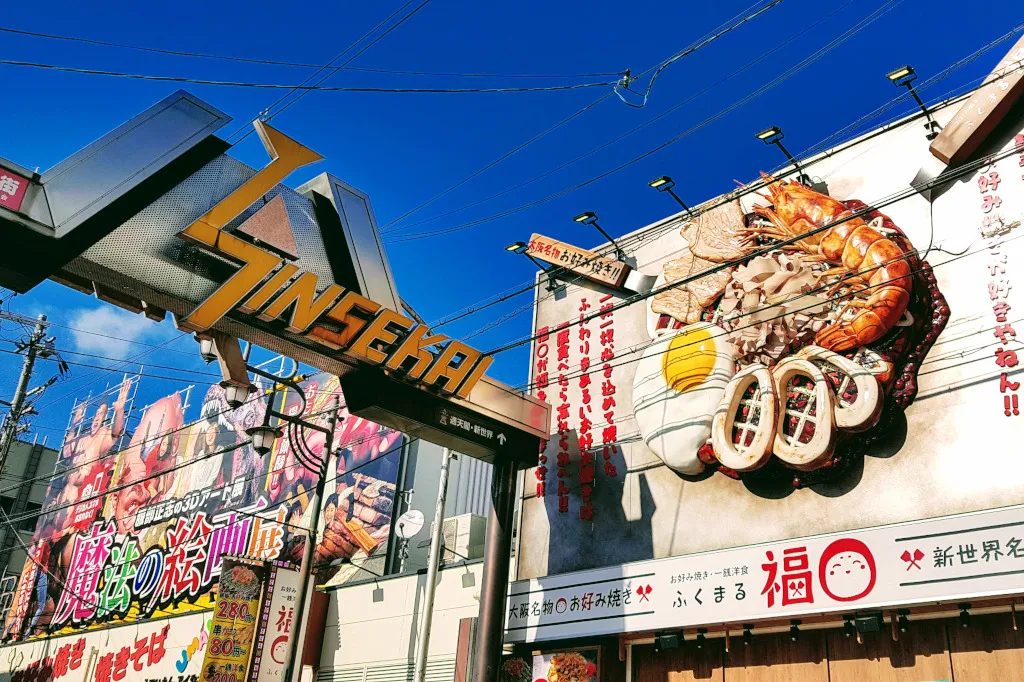
- Choose a random stop along the Sanin coast in Western Japan. There’s some real gems to be found here including Tottori, Hagi and Tsuwano. You might stumble upon a generations-old sake brewery offering free tastings, a coastal shrine where fishermen leave offerings for safe voyages, or a small family restaurant serving regional specialties.
- Spend an unplanned day in Takayama in the Japanese Alps, where traditional merchant houses and morning markets create an atmosphere perfect for aimless wandering and unexpected discoveries in its well-preserved old town.
Tip: If you’re hesitant about completely unstructured time, create a theme for your wandering day: “following delicious smells,” “shops with blue signs,” or “local cultural highlights” Having a loose framework can make spontaneity less intimidating while still allowing for genuine discovery.
Travel smarter, connect deeper
The true beauty of Japan lies not just in its popular attractions but in the rhythms and charms of daily life. By creating space in your itinerary for both the famous highlights and quieter moments of connection, you’ll return home with more than photographs – you’ll carry with you the authentic spirit of this extraordinary country.

This approach to exploring The Real Japan beyond attractions requires more thoughtful planning and perhaps seeing fewer ‘big’ places on a single trip. But the depth of experience and understanding you’ll gain is immeasurably richer.
Want a Japan trip that perfectly balances the iconic and the authentic? Concierge is my personalised travel planning service crafting journeys that align with your specific interests while incorporating both must-see highlights and hidden gems most tourists miss. Together, we’ll create an experience that goes beyond the surface, connecting you with the Japan you’ve always dreamed of discovering.
I’m Rob, and I’ve been where you are
I understand the struggle of building an itinerary that perfectly balances the iconic and authentic sides of Japan.
That’s why I founded The Real Japan, a place where independent travellers like you can thrive. My passion for sharing Japan beyond the cliches is what drives me.
I offer more that just inspiration; I provide personalised, unique and tailor-made travel plans to take your travels in Japan to the next level.
Want to see how I can transform your Japan travel?

Benefits You Can Choose
Personal Itinerary
A tailor-made Japan Travel Plan matching your personal interests
and preferences
Unique Experiences
A unique Artisan Experiences Plan giving you private access to Japan’s finest craftspeople
Perfect Lodging
Curated accommodation/hotels recommendations based on your needs and criteria
What Clients Say
How It Works
Step 1: Book your service
Choose the plan duration that best fits your needs.
I have 4 options to choose from.
Step 2: I’ll handle all the details
I’ll ask you questions, we can jump on a Zoom call,
or you can email me your draft ideas.
Step 3: Your dream Japan
I set aside time to work exclusively on your travel plans.
I deliver your personal solution.
Ways I Can Help You With Concierge
Ready to Get Started?
About the Author

A writer and publisher from England, Rob has been exploring Japan’s islands since 2000. He specialises in travelling off the beaten track, whether on remote atolls or in the hidden streets of major cities. He’s the founder of the multi-award-winning TheRealJapan.com.
Recommended For You
RESOURCES
Further Related Guides
5 Insider Tips for Sustainable Travel in Japan
Going Beyond Tokyo: Why It Pays To Be Bold
Japan Travel Planning: Outside Tokyo & Kyoto
Japan Travel Tips: A Journey Into The Real Japan
Pulling Back The Curtain on Japanese Art and Culture
Where to Go, Stay and How to Communicate in Japan
More Planning Resources
My List of Recommended Japan Travel Resources
Recommended Japan Travel Resources

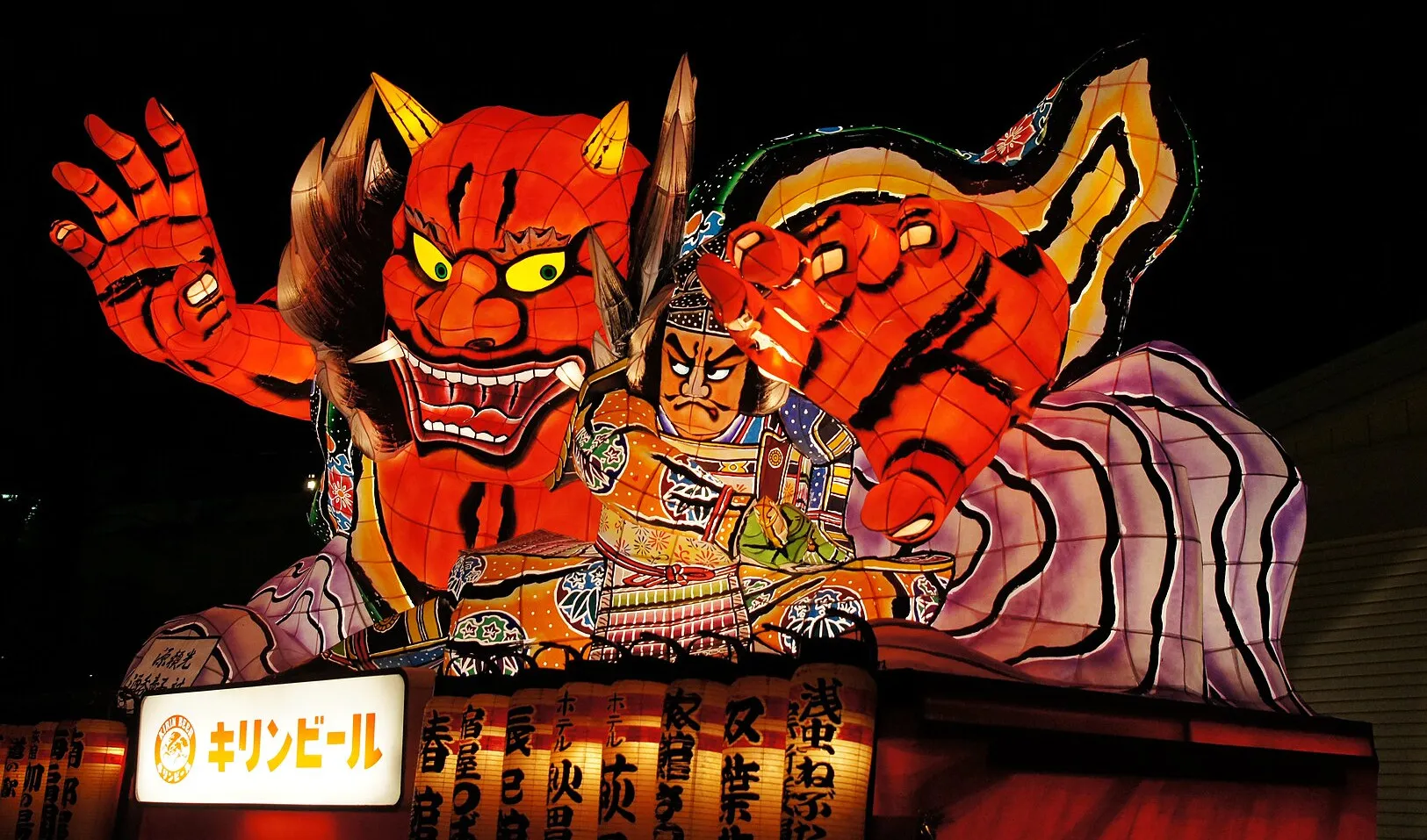



This is all great advice. My son and I just got back about 3 weeks ago. I don’t recommend what we did this trip. First was Narita to visit the Temple and gardens, as well as a couple of our favorite restaurants in Japan. Then we headed north to chase cherry blossoms. We went to the way to Amori. Finally found some near Sendi on our way down to Nagasaki (a couple of stops/stays along the way). We had 14-day green car passes. Total reserved seats on the Shinkansen totaled 18 (36 total). We got our money’s worth. We managed to see new places. We were also able to spend a few days at our favorite spots. We did no sightseeing in Tokyo, Kyoto, or Osaka. One exception was two days to see the World Expo at the edge of Osaka. We ended our last night in Narita, then caught the flight home from Haneda the next day. The point is that there were no regular sights in the big three. I hope travelers follow your advice to spend some time at places beyond the main sites, but at a slower pace than we do. I like the suggestion to have a couple of bases rather than staying at a new place every night or two.
Thanks for sharing your travels Brek. Nice to hear you did no sightseeing in any of the ‘big three’, and good to hear folks still getting good value out of the JR Pass! My wife and I are big fans of Nagasaki (spent some time there earlier this year). You said you don’t recommend what you did – what exactly were you referring to?